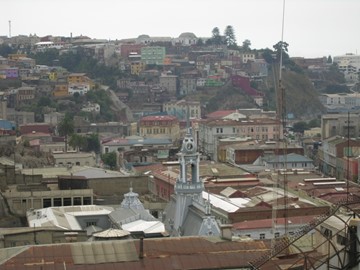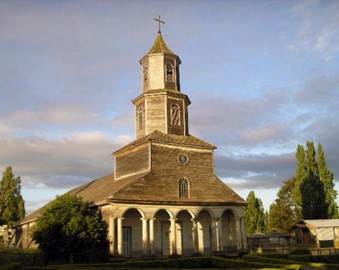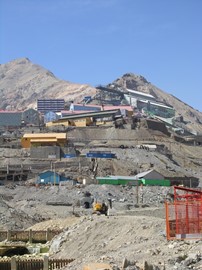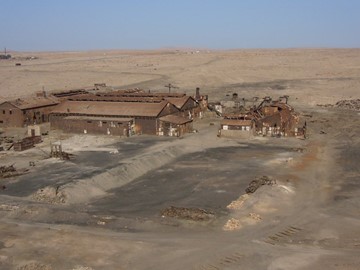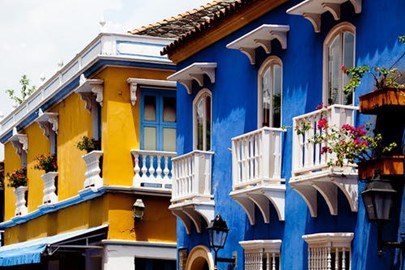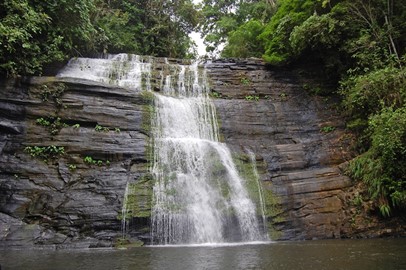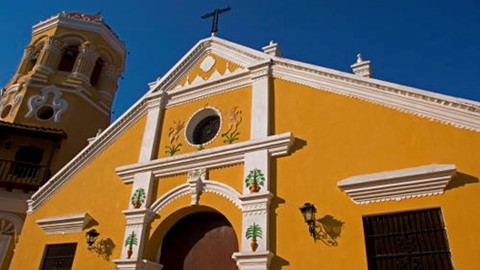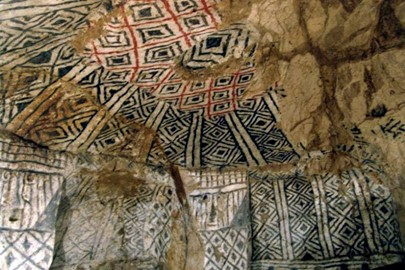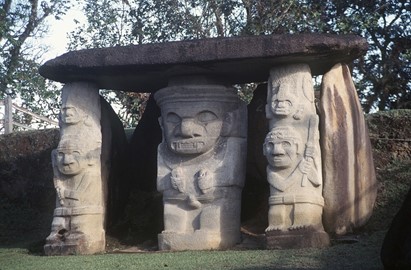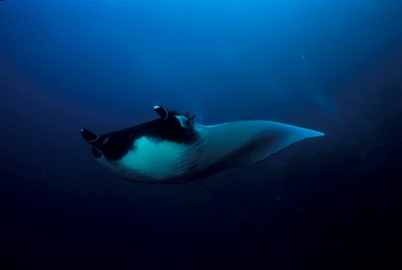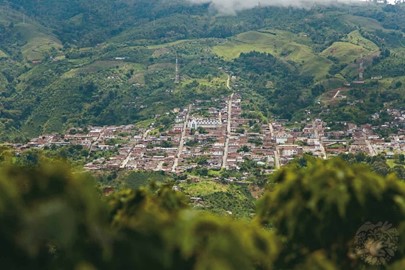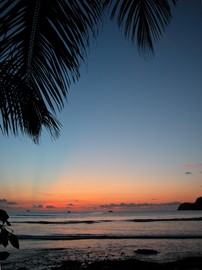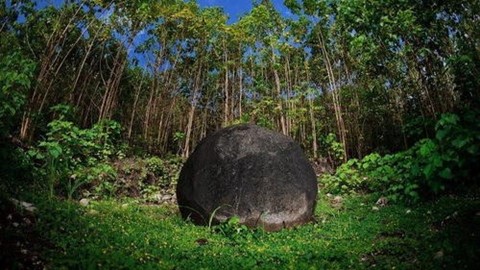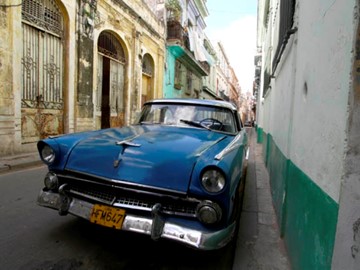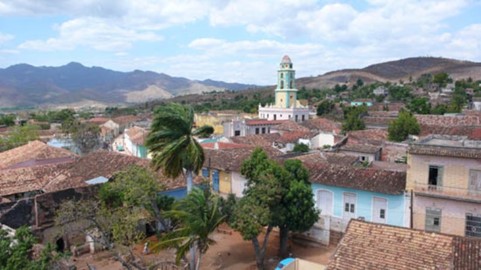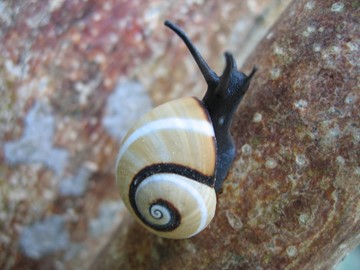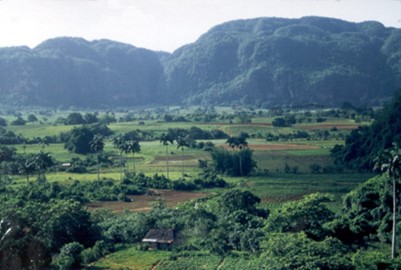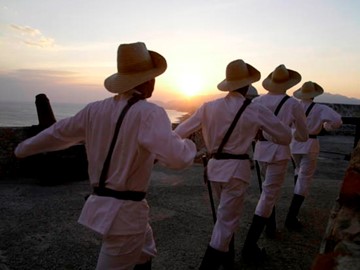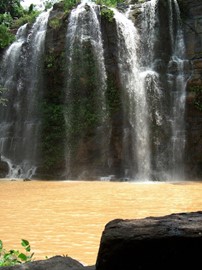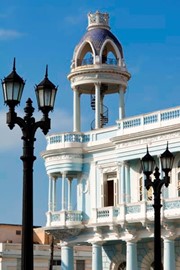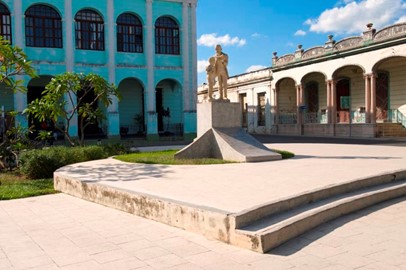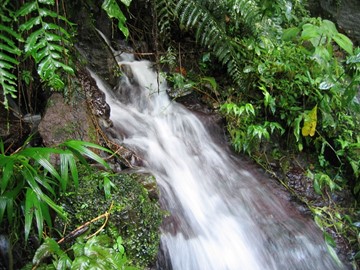region :: latin america and the caribbean
Valparaíso
Valparaíso, a UNESCO World Heritage site in Chile, is a vibrant port city renowned for its 19th-century urban and architectural heritage. Its colorful hillside neighborhoods, funiculars, and eclectic buildings reflect its role as a key Pacific trade hub before the Panama Canal’s rise. Recognized for its cultural and historical value, it stands as a testament to Chile’s maritime and cosmopolitan past.
Churches of Chiloé
The Churches of Chiloé, a UNESCO World Heritage site in Chile, are a unique collection of 16 wooden churches built by Jesuit missionaries between the 17th and 19th centuries. Crafted without nails using local timber, these structures blend European architectural styles with Indigenous craftsmanship, reflecting the region’s cultural fusion. Recognized for their historical and artistic value, they stand as enduring symbols of faith and ingenuity.
Sewell Mining Town
Sewell Mining Town, a UNESCO World Heritage site in Chile, is an early 20th-century company town built into a steep Andean slope for copper miners. Its colorful wooden buildings, staircases, and industrial remnants showcase a unique urban design adapted to rugged terrain and a now-abandoned mining legacy. Recognized for its historical and cultural significance, it stands as a testament to Chile’s industrial past.
Humberstone and Santa Laura Saltpeter Works
Humberstone and Santa Laura Saltpeter Works, a UNESCO World Heritage site in Chile, are abandoned 19th- and early 20th-century mining towns in the Atacama Desert. Once thriving hubs of saltpeter extraction, their preserved machinery, worker housing, and public buildings reflect the nitrate boom’s social and industrial impact. Recognized for their historical significance, they stand as haunting relics of Chile’s economic past.
Cartagena
Cartagena, a UNESCO World Heritage site in Colombia, is a vibrant colonial city famed for its well-preserved 16th-century fortifications and colorful architecture. Encircled by stone walls and dotted with plazas, churches, and pastel-hued buildings, it reflects Spanish colonial influence blended with Caribbean charm. This historic port, once a key trade hub, offers a captivating glimpse into its rich multicultural past.
Los Katíos
Los Katíos National Park, a UNESCO World Heritage site in Colombia, is a biodiversity hotspot renowned for its rich ecosystems, including tropical rainforests, wetlands, and rivers. It serves as a critical habitat for numerous species, such as jaguars, tapirs, and rare primates, alongside a variety of migratory birds. The park also holds cultural significance, with archaeological evidence of pre-Columbian communities, making it a vital link to Colombia’s natural and historical legacy. Its unique geography a... Read More
Santa Cruz de Mompox
Santa Cruz de Mompox, a UNESCO World Heritage site in Colombia, is a colonial town frozen in time, known for its well-preserved Spanish architecture and riverside charm. Founded in the 16th century, its cobblestone streets, ornate churches, and historic homes reflect its past as a thriving trade center. This serene settlement offers a glimpse into Colombia’s rich colonial heritage.
Tierradentro
Tierradentro, a UNESCO World Heritage site in Colombia, is an ancient archaeological site featuring underground tombs carved into volcanic rock by a pre-Columbian civilization. Dating back over 1,000 years, these hypogea are adorned with intricate geometric patterns and vivid paintings. Set amidst rugged hills, this site offers a window into a mysterious and sophisticated indigenous culture.
San Agustín
San Agustín Archaeological Park, a UNESCO World Heritage site in Colombia, is renowned for its extensive collection of pre-Columbian monuments and megalithic statues, dating back to the 1st to 8th centuries AD. The park features over 500 stone sculptures, some towering up to 7 meters, carved by an ancient, little-known culture, depicting human figures, animals, and mythological beings. It serves as a vital window into the religious and social practices of this mysterious civilization, making it one of the m... Read More
Malpelo Fauna and Flora Sanctuary
The Malpelo Flora and Fauna Sanctuary, a UNESCO World Heritage Site in Colombia, is a remote marine park in the Eastern Tropical Pacific, renowned for its exceptional biodiversity. This protected area serves as a critical habitat for threatened marine species, including large aggregations of hammerhead and silky sharks, whale sharks, giant grouper, and billfish, thriving in an undisturbed environment. Its rugged underwater landscapes, featuring steep walls and caves, make it one of the world’s premier divin... Read More
Coffee Cultural Landscape
The Coffee Cultural Landscape of Colombia, a UNESCO World Heritage site, is a living testimony to the cultural traditions and sustainable practices of coffee cultivation. Shaped by generations of small-scale farmers, it showcases a harmonious blend of natural beauty, iconic architecture, and rich cultural heritage, reflecting Colombia's deep connection to coffee production and its global significance.
Chiribiquete
Chiribiquete, a UNESCO World Heritage site in Colombia, is a sacred expanse of tropical rainforest and table-top mountains known for its stunning biodiversity and ancient rock art. Home to unique ecosystems and endemic species, it preserves over 20,000 prehistoric pictographs that offer insights into ancient cultural and spiritual traditions, making it a site of exceptional natural and cultural significance.
Cocos Island
Cocos Island, a UNESCO World Heritage site in Costa Rica, is a pristine marine and terrestrial ecosystem renowned for its exceptional biodiversity. Located in the Pacific Ocean, it hosts a variety of endemic species, vibrant coral reefs, and large populations of marine life, including sharks, rays, and dolphins. The island’s rugged, uninhabited terrain and surrounding waters make it a critical conservation area and a top destination for scientific research and eco-tourism. Its isolation has preserved its na... Read More
Guanacaste
Guanacaste, a UNESCO World Heritage site in Costa Rica, is renowned for its rich biodiversity and well-preserved tropical dry forests. This protected region showcases a variety of ecosystems, including wetlands, grasslands, and oak forests, supporting numerous species of plants and animals, some of which are endemic. Its cultural significance is tied to traditional cattle ranching practices and historical haciendas, reflecting the area's deep-rooted heritage. The site's conservation efforts highlight its im... Read More
Stone Spheres of the Diquís
The Stone Spheres of the Diquís, a UNESCO World Heritage site in Costa Rica, are a collection of over 300 pre-Columbian stone spheres crafted by the Diquís culture between 500 and 1500 AD. Ranging from a few centimeters to over two meters in diameter, these nearly perfect spheres were likely used for ceremonial or astronomical purposes, though their exact significance remains a mystery. Discovered in the 1930s, they are made from granodiorite and other local stones, showcasing the advanced skill of their cr... Read More
Havana
Old Havana, a UNESCO World Heritage site in Cuba, is renowned for its rich history and well-preserved colonial architecture. Founded in the 16th century, the city showcases a blend of Spanish influences, evident in its colorful buildings, grand plazas, and historic fortresses. Its vibrant cultural heritage includes a mix of African, Caribbean, and European traditions, reflected in its music, art, and lively street life. Today, Havana stands as a testament to its past, attracting visitors with its timeless c... Read More
Trinidad and the Valley de los Ingenios
Trinidad and the Valley de los Ingenios, a UNESCO World Heritage site in Cuba, is a well-preserved colonial city and surrounding sugar-producing valley that showcase the island's historical and cultural legacy. Founded in the early 16th century, Trinidad features cobblestone streets, pastel-colored buildings, and Spanish colonial architecture, reflecting its prosperity from the sugar trade. The nearby Valley de los Ingenios, with its ancient sugar mills, plantations, and archaeological remains, highlights t... Read More
Alejandro de Humboldt National Park
Alejandro de Humboldt National Park, a UNESCO World Heritage Site in Cuba, is renowned for its exceptional biodiversity and complex ecosystems. Named after the German scientist Alexander von Humboldt, who explored the island in the early 19th century, the park features a diverse range of flora and fauna, including numerous endemic species found nowhere else on Earth. Its varied topography, from lush rainforests to coastal landscapes, supports unique evolutionary processes, making it a critical conservation ... Read More
Viñales Valley
Viñales Valley, a UNESCO World Heritage site in Cuba, is renowned for its stunning natural beauty and cultural significance. This lush, fertile region features dramatic limestone karsts, traditional tobacco farms, and vibrant rural communities that preserve time-honored agricultural practices. Visitors can explore its unique landscape, dotted with mogotes—steep, rounded hills—and underground caves, while experiencing the authentic charm of Cuban countryside life. Its blend of geological wonders and living h... Read More
San Pedro de la Roca Castle
San Pedro de la Roca Castle, a UNESCO World Heritage site in Cuba, is a well-preserved 17th-century fortress designed by Italian engineer Giovanni Battista Antonelli. Constructed between 1638 and 1700, it served as a strategic defense against pirate attacks and foreign invasions, showcasing a blend of military architecture and historical significance. The castle features robust stone walls, multiple levels, and artillery platforms, reflecting its role in protecting the island's southeastern coast. Today, it... Read More
Desembarco del Granma
Desembarco del Granma National Park, a UNESCO World Heritage site in Cuba, is renowned for its unique coastal cliffs, marine terraces, and pristine ecosystems. The park commemorates the historic landing of Fidel Castro and his revolutionaries in 1956, marking a pivotal moment in Cuban history. Its dramatic limestone formations, lush forests, and diverse wildlife, including rare species, make it a significant natural and cultural landmark.
First Coffee Plantations
The First Coffee Plantations, a UNESCO World Heritage site in Cuba, are 19th-century ruins of estates that pioneered coffee production in the Americas. Nestled in lush hills, these sites feature remnants of manor houses, drying platforms, and slave quarters, reflecting the industry’s economic and social history. This landscape preserves a unique blend of agricultural heritage and natural beauty.
Cienfuegos
Cienfuegos, a UNESCO World Heritage site in Cuba, is a 19th-century colonial city renowned for its elegant French-inspired architecture and waterfront charm. Featuring wide boulevards, neoclassical buildings, and a grand theater, it reflects urban planning from Cuba’s sugar boom era. This well-preserved gem offers a glimpse into a refined historical and cultural legacy.
Camaguey
The Historic Centre of Camagüey, a UNESCO World Heritage site in Cuba, is a colonial city known for its labyrinthine streets and vibrant baroque architecture. Founded in the 16th century, it features charming plazas, ornate churches, and clay-tiled rooftops, reflecting Spanish influence. This unique urban layout offers a captivating window into Cuba’s colonial past.
Morne Trois Pitons
Morne Trois Pitons National Park, a UNESCO World Heritage site in Dominica, is renowned for its volcanic landscapes and rich biodiversity. The park features dramatic geothermal attractions like boiling lakes, hot springs, and fumaroles, alongside lush rainforests teeming with rare flora and fauna. Visitors can explore scenic trails leading to stunning waterfalls and panoramic vistas, offering a glimpse into the island’s natural splendor. This protected area stands as a testament to Dominica’s unique geologi... Read More
